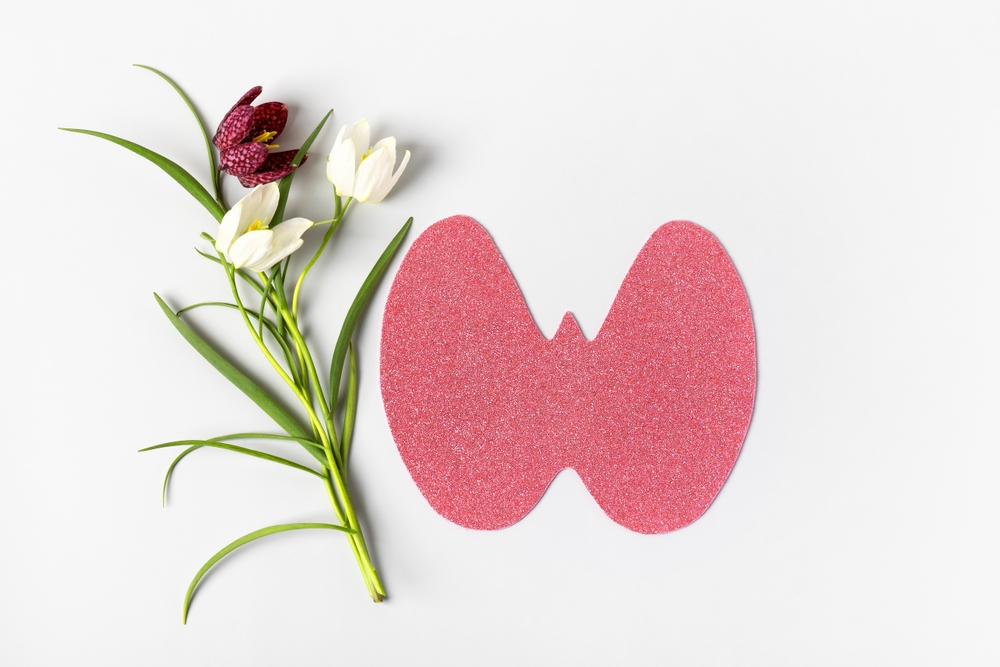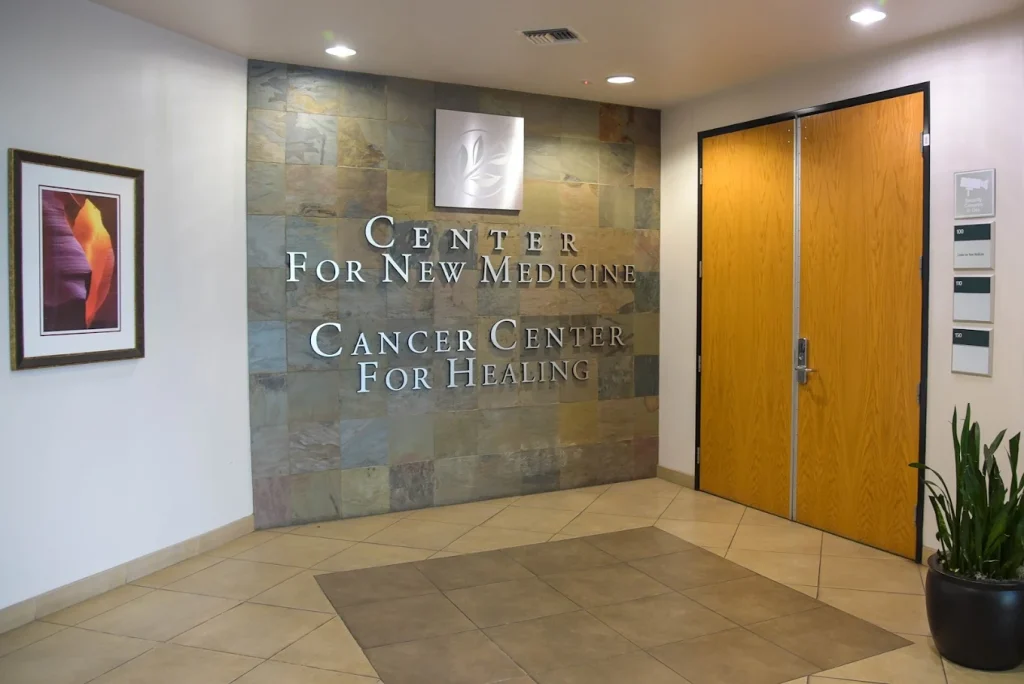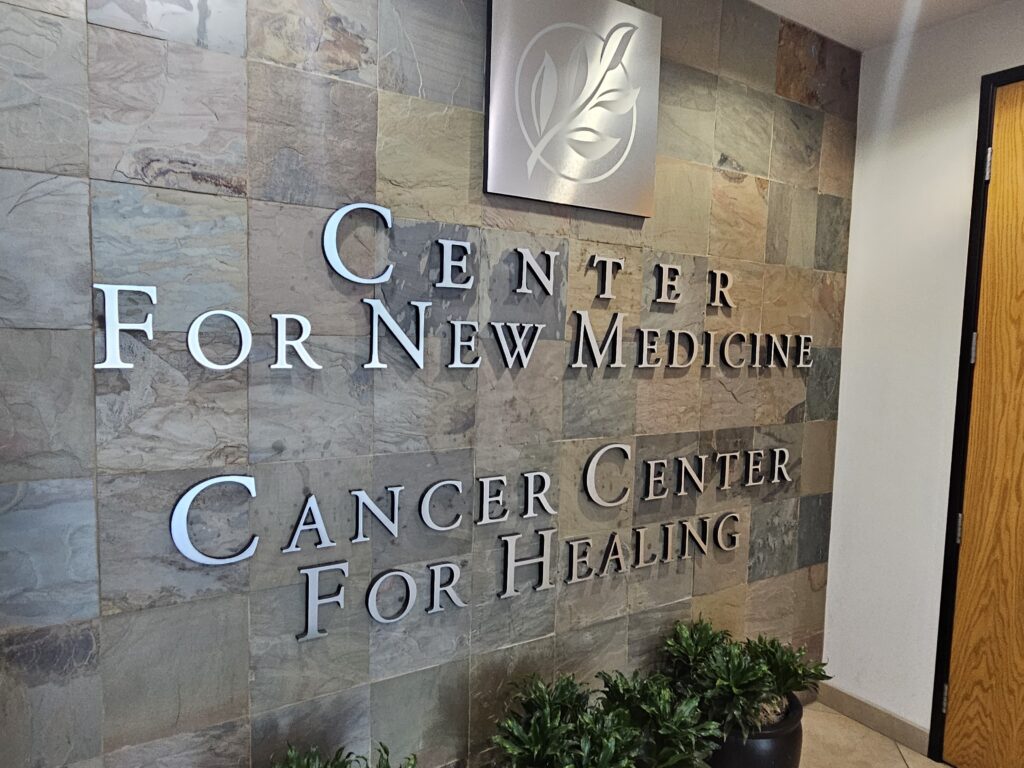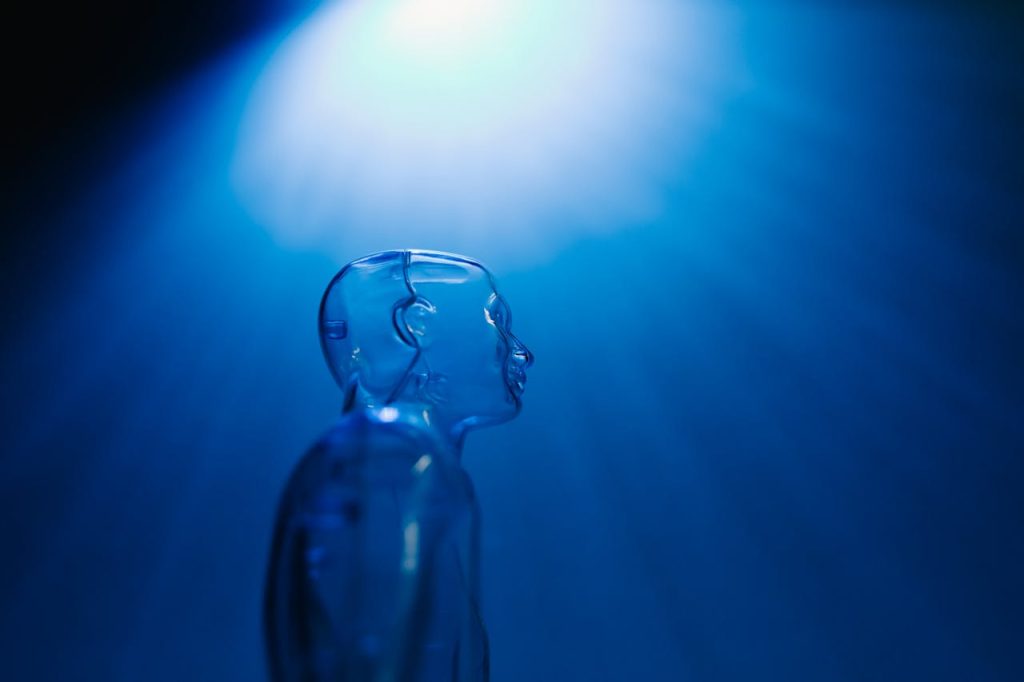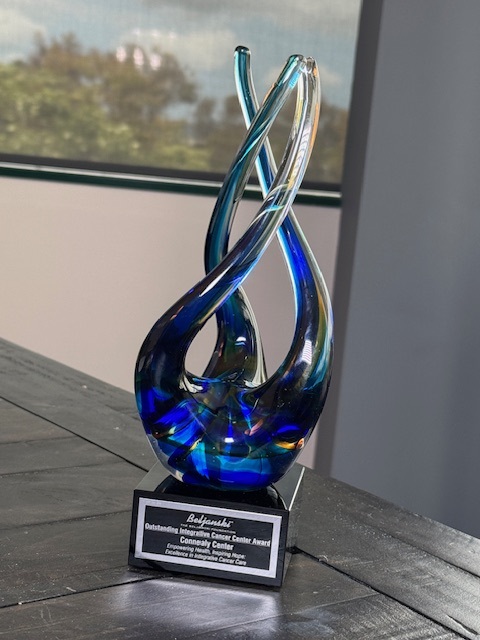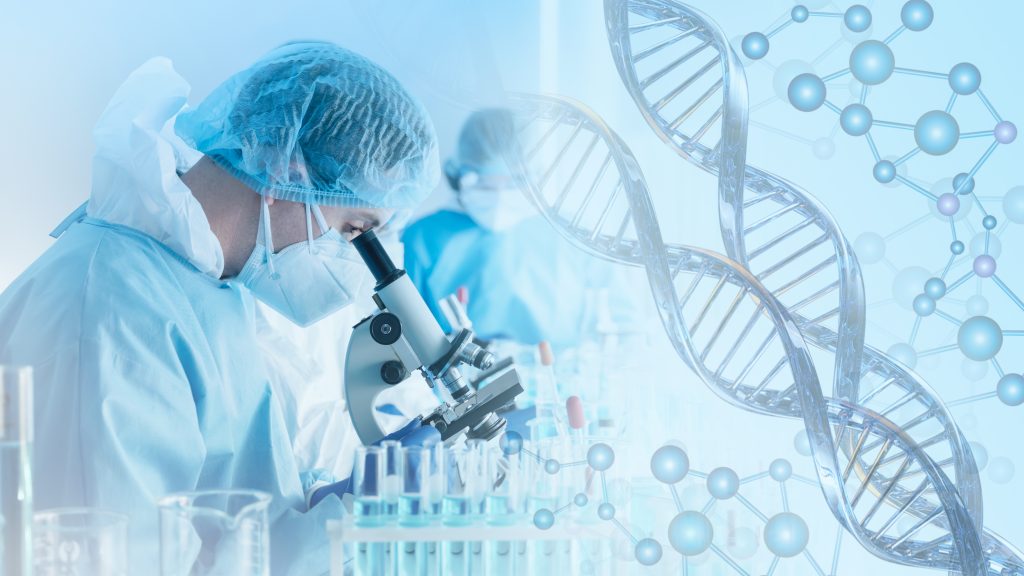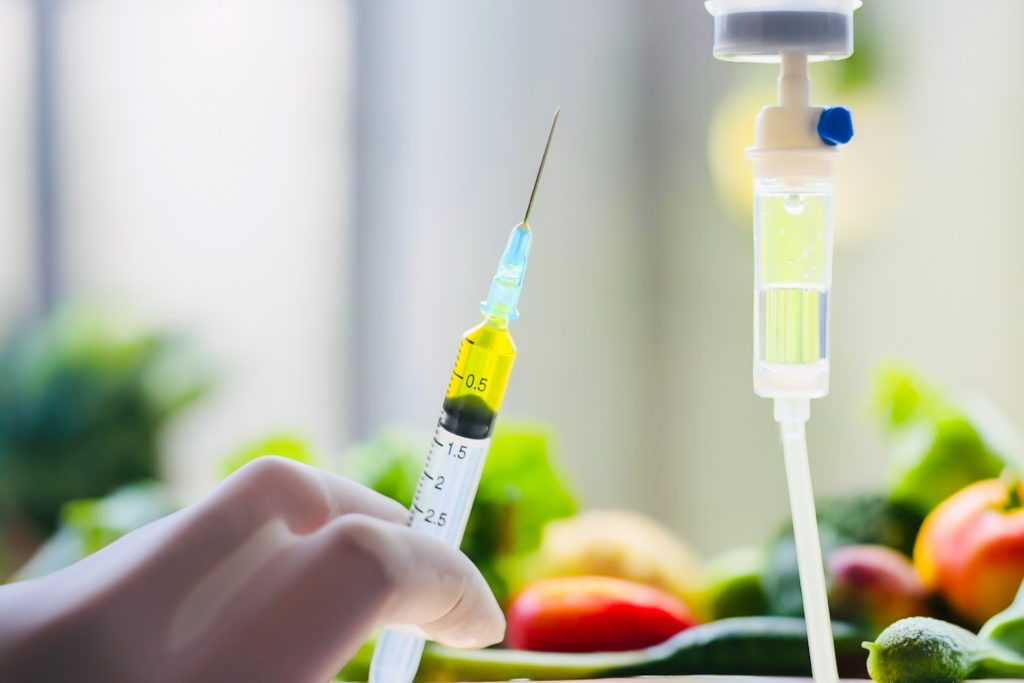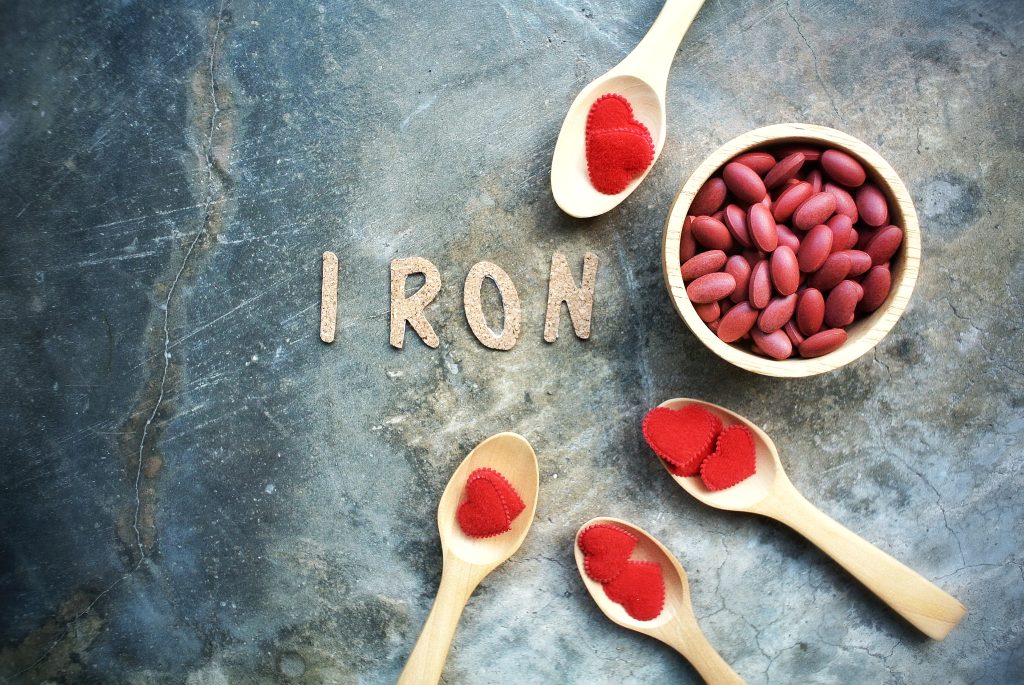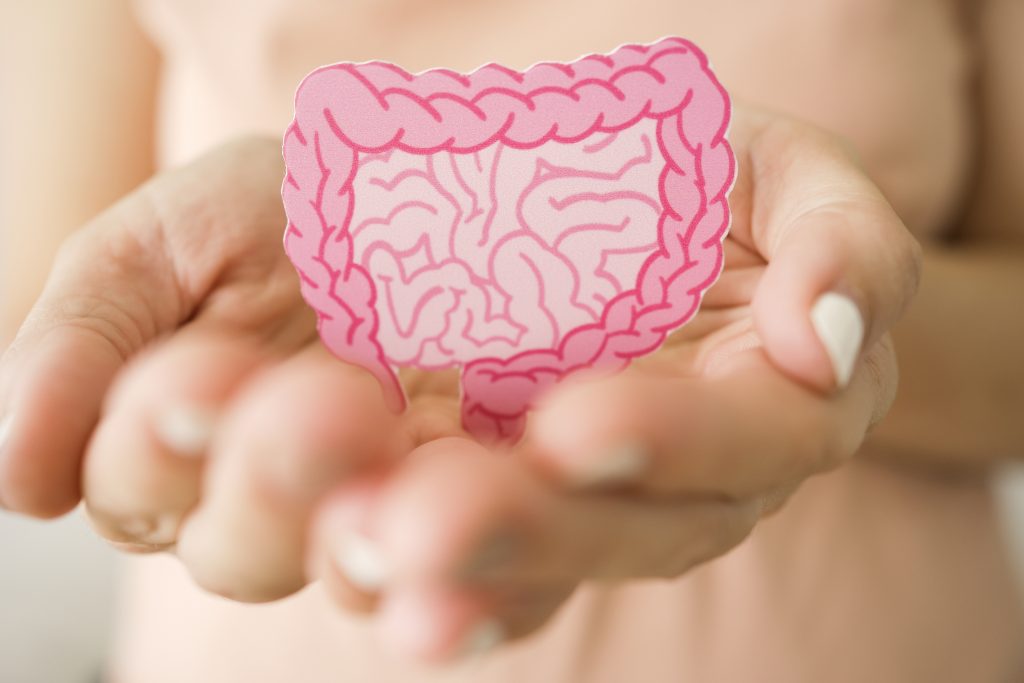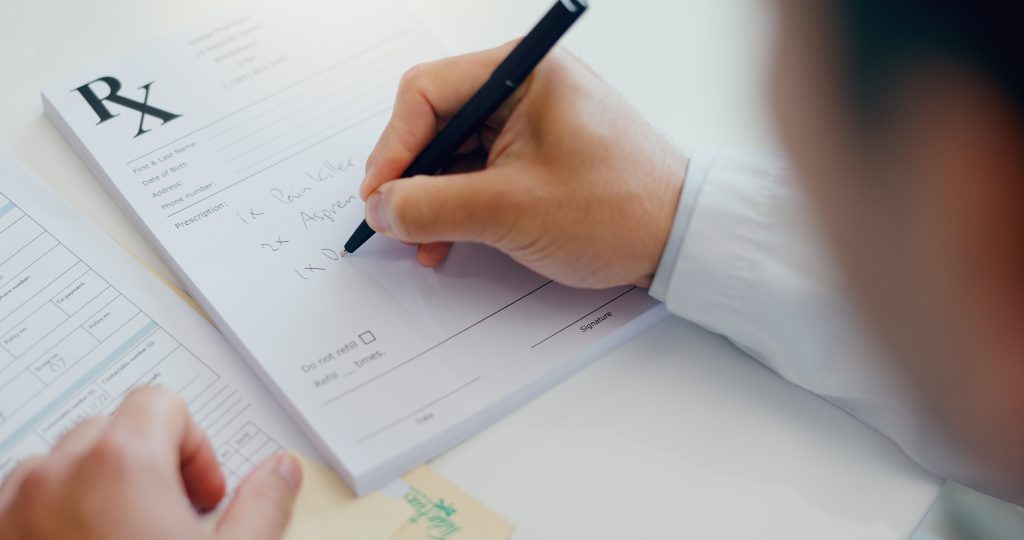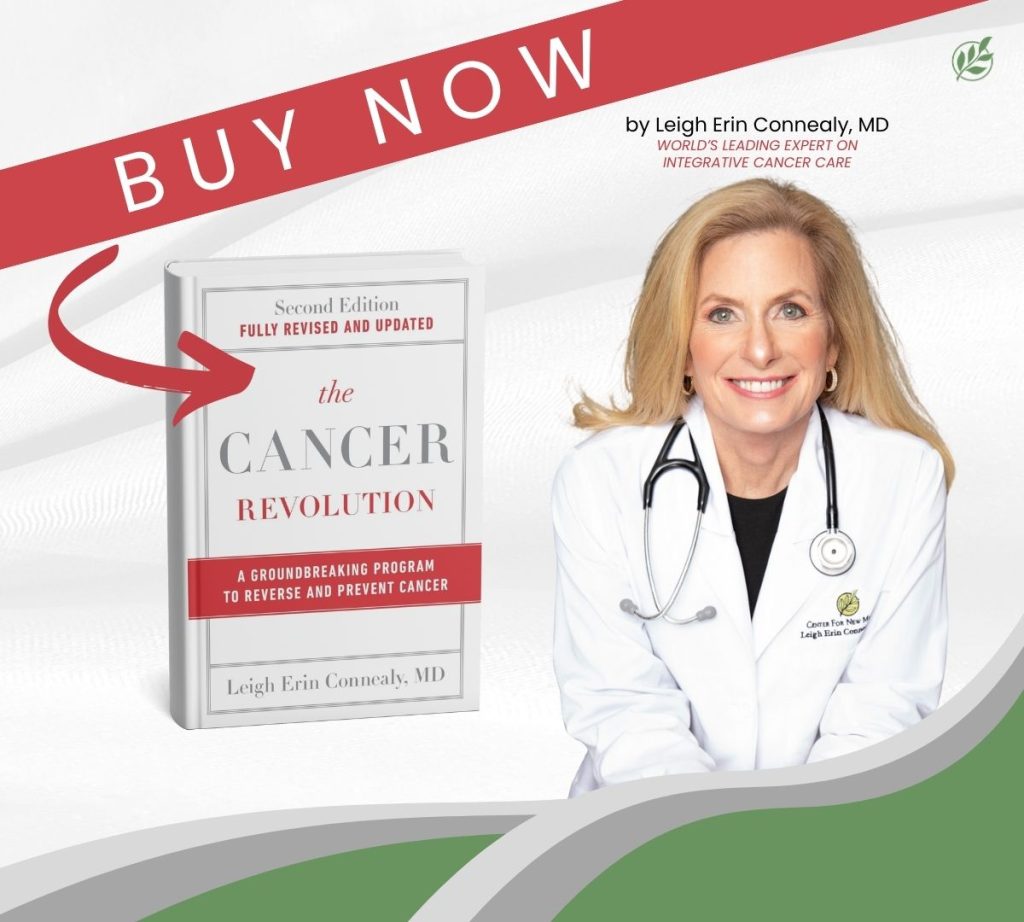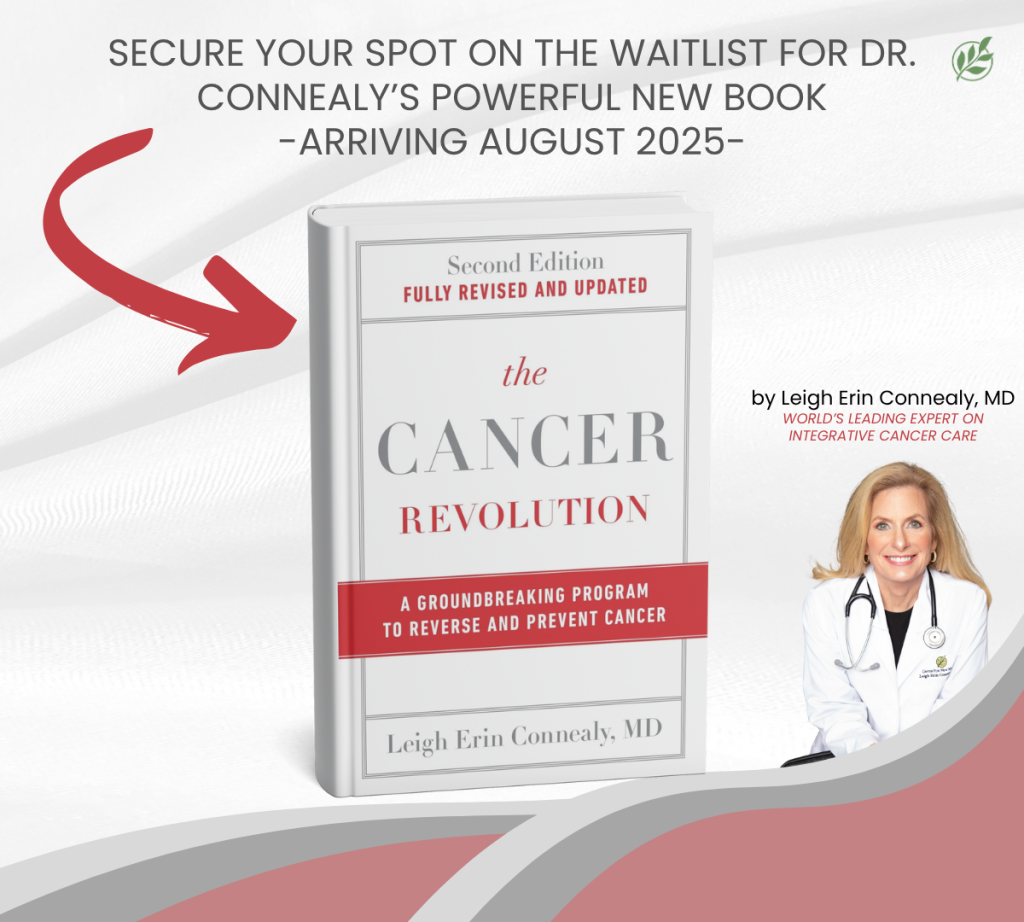At the Cancer Center for Healing in Irvine, CA, we often discuss the contrast between low-dose vs. high-dose chemotherapy with our patients. Each approach has its place, but understanding how they differ in effectiveness, side effects, and how the body responds is critical for making informed treatment decisions.
What Is High-Dose Chemotherapy?
High-dose chemotherapy refers to regimens in which chemotherapy drugs are given at very high amounts (near the maximum tolerated dose) over a cycle, with breaks in between to allow recovery of tissues and immune function. This approach is designed for maximal cytotoxicity against rapidly dividing cancer cells, aiming for fast, broad tumor kill. However, high-dose chemotherapy often comes with severe side effects: bone marrow suppression, risk of infection, organ toxicities, severe nausea and vomiting, hair loss, and nutritional problems. High-dose regimens sometimes require hospital stays or supportive care (e.g., growth factors, transfusions), and they can place a heavy burden on both the body and quality of life.
What Is Low-Dose Chemotherapy?
In contrast, low-dose chemotherapy involves smaller amounts of chemotherapeutic agents administered more frequently, sometimes daily or weekly, or continuously. Often called metronomic chemotherapy, this strategy aims to maintain sustained pressure on cancer cells and the tumor microenvironment, reduce angiogenesis (blood vessel growth feeding the tumor), and preserve immune function, all while decreasing the magnitude of adverse effects.
Comparing Low-Dose vs. High-Dose Chemotherapy
When comparing low-dose vs. high-dose chemotherapy, several key differences stand out. High-dose chemotherapy tends to act more aggressively, producing rapid reduction in tumor burden. However, this intensity often comes at the cost of severe side effects and damage to healthy tissues. Patients undergoing high-dose regimens may face frequent hospitalizations and a significant drop in their quality of life.
Low-dose chemotherapy, on the other hand, typically works more gradually. It exerts continuous pressure on cancer cells and their supporting structures, making it useful for long-term disease control or recurrence management. Patients often experience fewer and milder side effects, better immune preservation, and an overall improved ability to maintain daily activities and well-being.
Another distinction in the low-dose vs. high-dose chemotherapy conversation is adherence. Many patients struggle to complete high-dose regimens due to toxicity, while the gentler, ongoing nature of low-dose chemotherapy may allow for greater compliance and fewer interruptions. Ultimately, both strategies can be effective depending on the situation: aggressive, fast-growing cancers may still require high-dose therapy, while recurrent, metastatic, or maintenance scenarios may benefit more from low-dose approaches.
What Research Says
Research shows that in certain cancers, low-dose vs. high-dose chemotherapy comparisons reveal similar survival outcomes, with the added benefit of fewer toxicities in the low-dose group. However, for some aggressive tumors, high-dose chemotherapy may remain more effective in prolonging survival, albeit at a higher cost to quality of life. These findings highlight the importance of individualized treatment planning.
How We Approach Low-Dose vs. High-Dose Chemotherapy at the Cancer Center for Healing
At our Center, every patient undergoes a comprehensive evaluation before choosing low-dose vs. high-dose chemotherapy. We look at cancer type, stage, overall health, organ function, prior treatments, and patient goals. For some, a high-dose strategy may be necessary, but we always support the body holistically to mitigate its side effects. For others, a low-dose regimen may provide steady control with fewer toxicities, often making it the preferred option.
You can learn more about our approach here: Low-Dose Chemotherapy Overview.
Complementary and Alternative Therapies to Support Chemotherapy
Because the debate of low-dose vs. high-dose chemotherapy centers on balancing effectiveness with toxicity, we encourage patients, especially those on low-dose regimens, to strengthen their body’s natural defenses with complementary therapies.
- Nutritional Support: Diets high in antioxidants, plant nutrients, lean proteins, and healthy fats help reduce inflammation, promote detoxification, and support immune function.
- Herbal Medicine: Carefully selected botanicals may provide immune-modulating or anti-tumor effects, with oversight to prevent interactions with chemotherapy.
- Mind-Body Practices: Meditation, yoga, acupuncture, and stress reduction techniques help improve sleep, reduce anxiety, and support resilience.
- Exercise: Light, consistent activity improves circulation, lymphatic drainage, energy, and mood.
- Immune-Boosting Therapies: Options such as IV vitamin C and mistletoe therapy, when appropriate, can enhance immune surveillance.
- Detoxification and Lifestyle Optimization: Supporting liver, kidney, and lymphatic health while minimizing environmental toxin exposure enhances the benefits of chemotherapy.
Low-Dose Chemotherapy in Irvine
Choosing between low-dose vs. high-dose chemotherapy is a deeply personal decision that should be guided by the nature of the cancer, the patient’s overall health, and individual goals. High-dose chemotherapy remains a powerful option for rapidly advancing disease, while low-dose chemotherapy provides a gentler, more sustainable approach that preserves quality of life and can be paired with holistic therapies to strengthen the body.
If you are weighing low-dose vs. high-dose chemotherapy, we encourage you to consult with our team at the Cancer Center for Healing in Irvine. Learn more about our protocols and supportive therapies here: Low-Dose Chemotherapy Overview.
